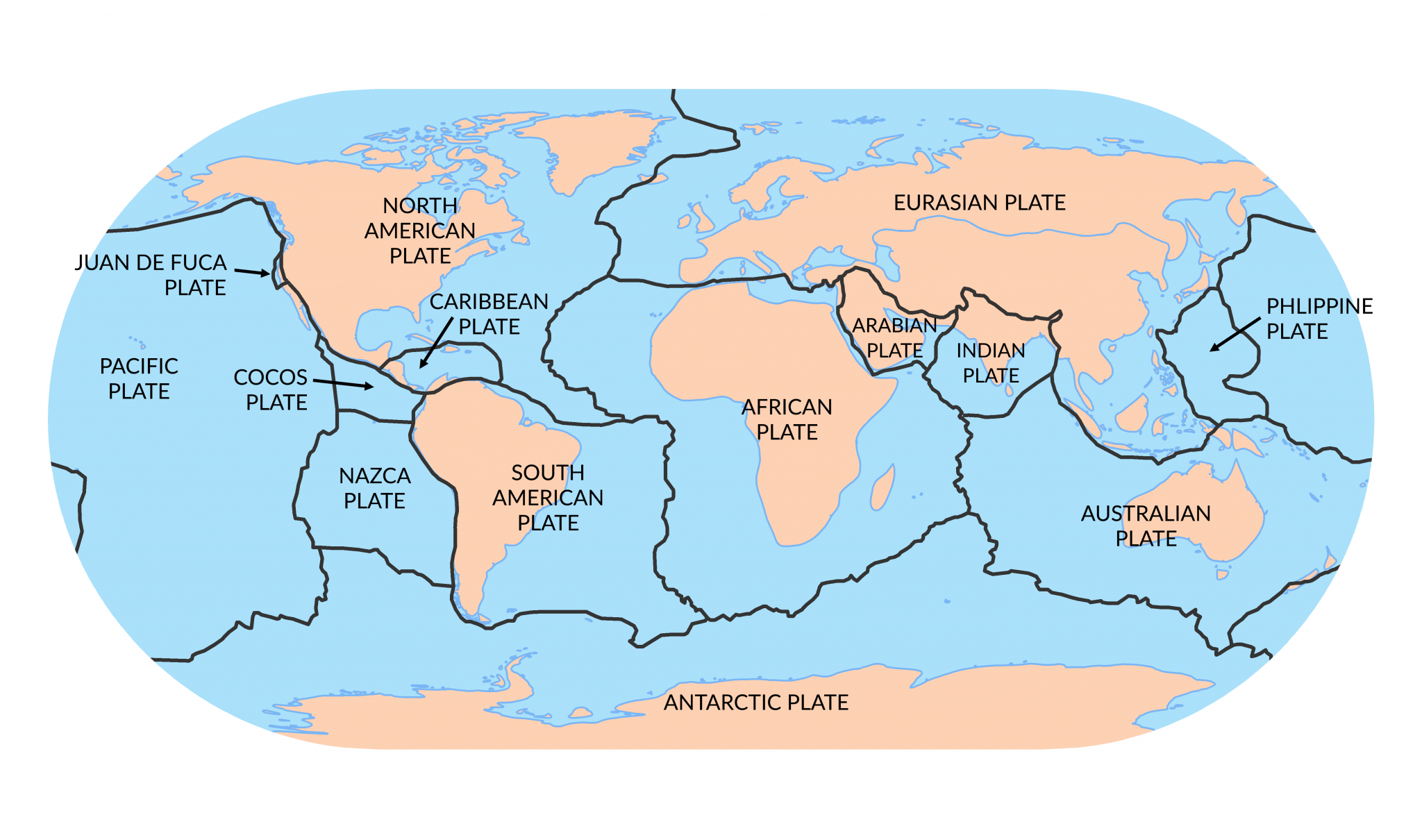And, how movements of these plates produce earthquakes, volcanoes, ocean trenches, mountain ranges, and more. The goals of this chapter are to: The oceanic rocks are usually made from basalt, while continental rocks are made from granite. Our planet, earth, is made up of different layers. Web we recommend using the latest version of chrome, firefox, safari, or edge.
Web we recommend using the latest version of chrome, firefox, safari, or edge. Web identify the three types of plate tectonic boundaries. On average, tectonic plates move a few centimeters per year. Web over 200 million years, pangea broke apart, and the pieces drifted into the continents we know today.
Plate tectonics, fossil evidence, geology, mapping, science history. Scientists have documented evidence from various features on earth that support the theory of plate tectonics. Set aside the model of convergent and divergent plates to prepare a new model for island.
Plate Tectonic Types Divergent, Convergent and Transform Plates
The map above shows names and generalized locations of earth's major tectonic plates. So if the plates move so slowly, how do we know that they move at all? Continental and oceanic plates all fit together to form the outer crust of the planet. Use this map gallery to better understand how plate tectonics created the ocean and continents we are familiar with today. Like the scientists before us, we will now merge the ideas of continental drift and seafloor spreading into the theory of plate tectonics.
Driving forces of plate motion. Web geologists studying the earth use scientific observation and evidence to construct a picture of what the earth looked like at different periods in the geologic past. When the concept of seafloor spreading came along, scientists recognized that it was the mechanism to explain how continents could move around earth’s surface.
Web Introduction To Teaching Plate Tectonics.
Each lesson designed to take 2 class periods. Plate tectonics, fossil evidence, geology, mapping, science history. Discover how to create new mountains, volcanoes, or oceans! These plates move and interact with one another to produce earthquakes, volcanoes, mountain ranges, ocean trenches and other geologic processes and features.
Scientists Have Documented Evidence From Various Features On Earth That Support The Theory Of Plate Tectonics.
Web the theory of plate tectonics. Web identify the three types of plate tectonic boundaries. Web plate tectonics is a theory about how earth's lithosphere is divided into a series of rigid plates; Set aside the model of convergent and divergent plates to prepare a new model for island.
Explore How Plates Move On The Surface Of The Earth.
The theory, which solidified in the 1960s, transformed the earth sciences by explaining many phenomena, including mountain building events, volcanoes, and earthquakes. The map above shows names and generalized locations of earth's major tectonic plates. The hot spot stayed still and made a line (a series) of mountains in. Web plate tectonics is a scientific theory that explains how major landforms are created as a result of earth’s subterranean movements.
Use This Map Gallery To Better Understand How Plate Tectonics Created The Ocean And Continents We Are Familiar With Today.
The oceanic rocks are usually made from basalt, while continental rocks are made from granite. So if the plates move so slowly, how do we know that they move at all? The movement of these tectonic plates leads to earthquakes and volcanoes forming. Our planet, earth, is made up of different layers.
Discover how to create new mountains, volcanoes, or oceans! Our planet, earth, is made up of different layers. The movement of these tectonic plates leads to earthquakes and volcanoes forming. The hot spot stayed still and made a line (a series) of mountains in. Identify types of plate boundaries and compare their characteristic earthquake and volcanic activities.

:max_bytes(150000):strip_icc()/tectonic-plates--812085686-6fa6768e183f48089901c347962241ff.jpg)

